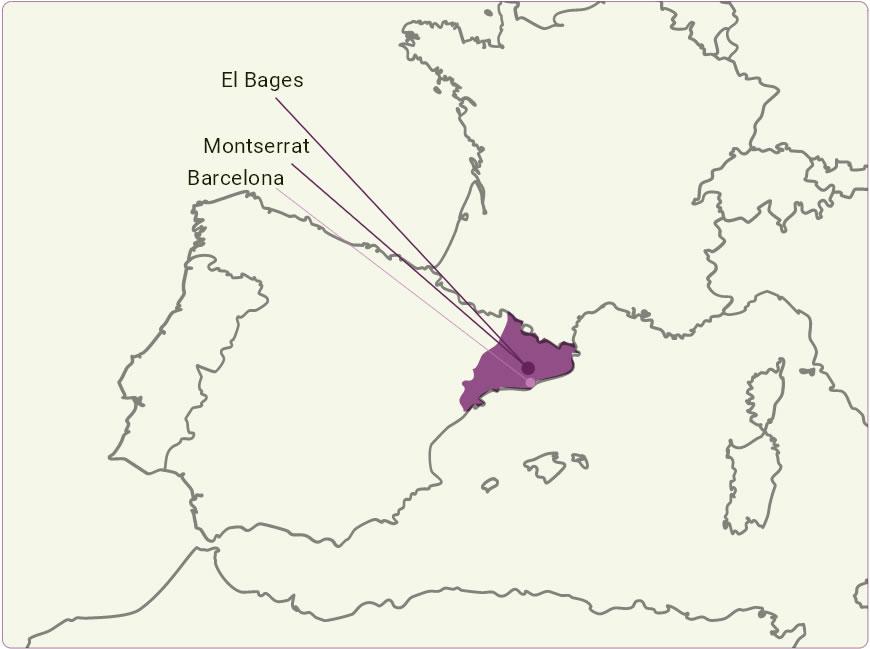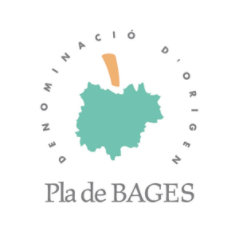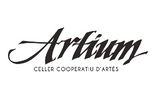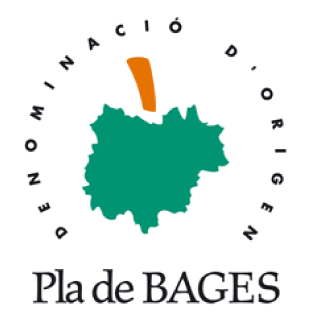Did you know that Pla de Bages was the region with the most vineyards in all of Catalonia at the end of the 19th century?
Or that there is a unique wine heritage with thousands of dry-stone huts and vats in the middle of the forest where there used to be acres and more acres of vines to convert the grapes into wine onsite, in the actual vineyard itself? A historical legacy with real treasures at the foot of the vineyard that have become the emblem of wine tourism in this region.
The Wine Route of the DO Pla de Bages is the new cultural wine tourism route in Catalonia that allows you to discover all this dry-stone heritage, the territory, the culture and the wines with denomination of origin doing what you are passionate about of more than twenty unique experiences, tasting visits to wineries and establishments that exude wine culture.
Heritage, culture, beautiful landscapes, real food, emotions, lovely wines… Do you know where to start?
A cultural wine tourism route with…
Thousands of dry-stone constructions, declared Intangible Cultural Heritage of UNESCO
Picapoll, the local variety of the Pla de Bages region
An amazing history rooted to wine and winegrowing since the Roman era
A territory in the middle of the Central Catalonia UNESCO Global Geopark
DO Pla de Bages wines that speak of the territory and are committed to quality
The omnipresent Montserrat mountain
Must-visit attractions such asCardona, Manresa, the monastery of Sant Benet de Bages and the Natural Park of Sant Llorenç del Munt i l’Obac.
Denomination of Origin
Pla de Bages
Pla de Bages has always been an exceptional zone for winemaking. It expanded under the influence of the Benedictine monastery of Sant Benet de Bages during the Middle Ages.
In the mid-19th century, Bages lived its great period of splendor and became the region with the most vineyards in all of Catalonia with 27,700 hectares. It was a real gold rush of the vineyard, leaving us a legacy of remarkably beautiful constructions such as dry-stone wine vats located in the vineyards and dry-stone shelter huts. The art of dry-stone walling, knowledge and techniques was declared Intangible Cultural Heritage of Humanity by UNESCO in 2018.
The importance that winemaking once had was rekindled in the late 20th century thanks to the creation of the DO Pla de Bages and the excellent work the wineries, amongst which ancestral bloodlines of winegrowers can be traced and hundred-year old cooperatives and small family projects found who today make great wines from recovered local varieties such as picapoll and mandó.
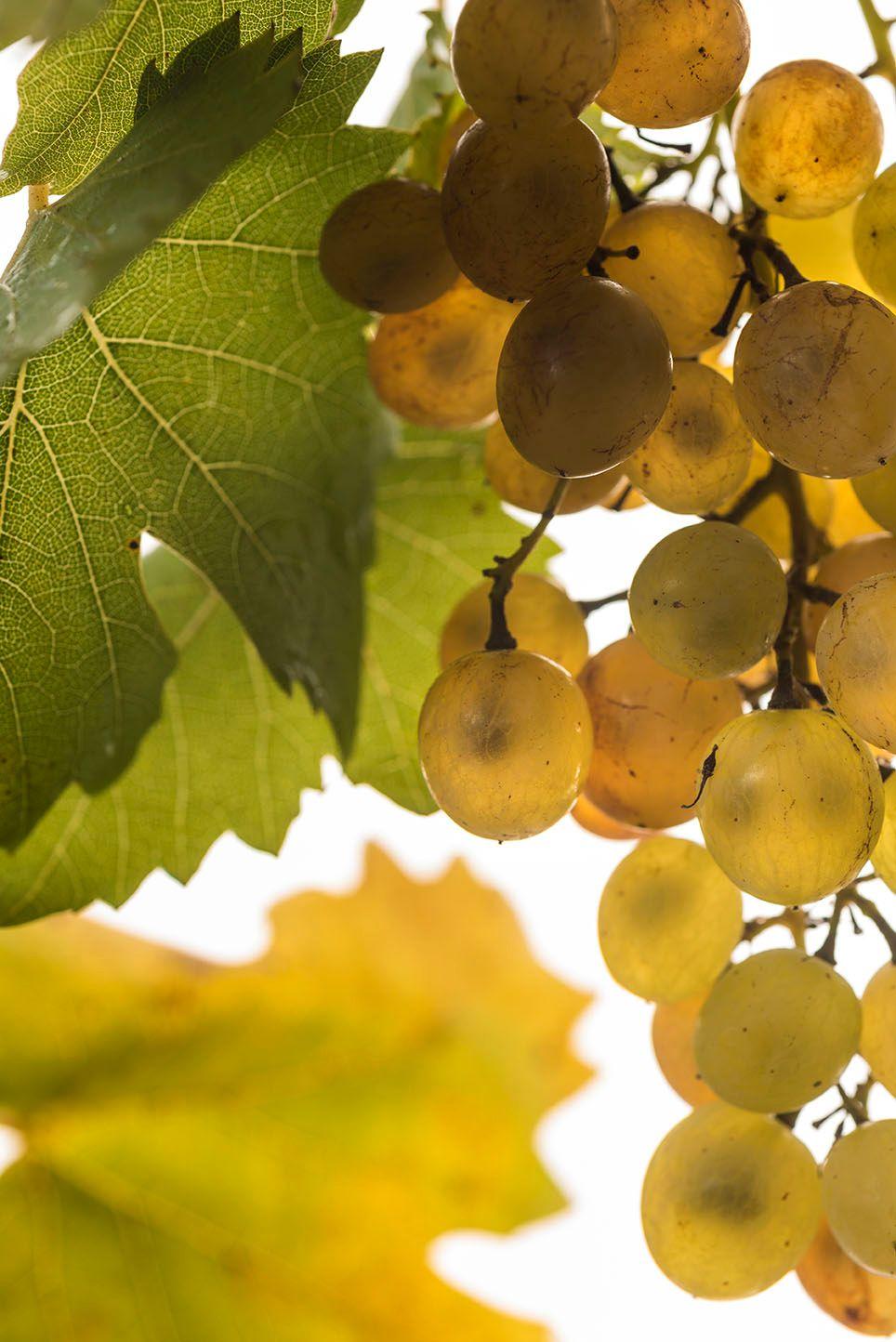
The wineries
Welcome to Pla de Bages
If you have never visited the Pla de Bages region, we must tell you that very close to the main cities of Catalonia lies its best-kept secret.
With the north face of Montserrat mountain as the backdrop, you will find Bages’ incredible landscapes, unique geological phenomena, old rural farmhouses, culture, traditions, and a finger-licking gastronomic and wine offer.
Visiting this territory means trailing the world’s first footprints, the memory of an inland sea that existed over 40 million years ago and disappeared with the rise of the Pyrenees. Declared a Central Catalonia UNESCO Global Geopark in 2012, this ancient sea left a rich natural and geological heritage such as the Montserrat massif, the Sant Llorenç del Munt i l’Obac natural park, the Cardona salt diapir and the Toll caves of Moià
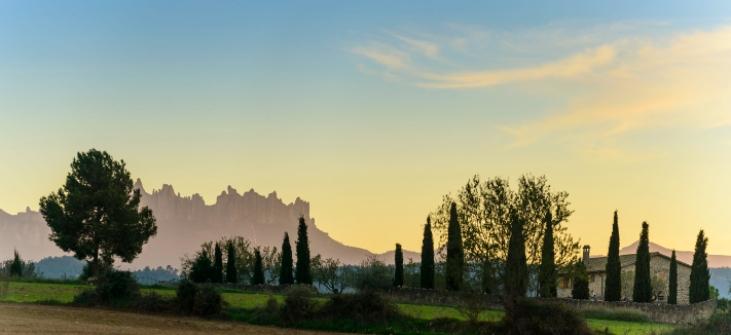
How to get to Bages
| Just… 50 min from Barcelona 1 h 15 min from Lleida 1 h 15 min from Tarragona 1 h 20 min from Girona |
|
|---|---|
| By road C-55 road to Barcelona C-16 road/highway Barcelona-Manresa-Berga C-58 Terrassa highway C-25 highway (Eix Transversal – Girona, Manresa, Vic, Lleida) Highway C-37 Igualada |
|
| By train RENFE: www.renfe.es (lines R4 and R12) FGC (Ferrocarrils de la Generalitat de Catalunya): www.fgc.cat (lines R5 y R50) |
